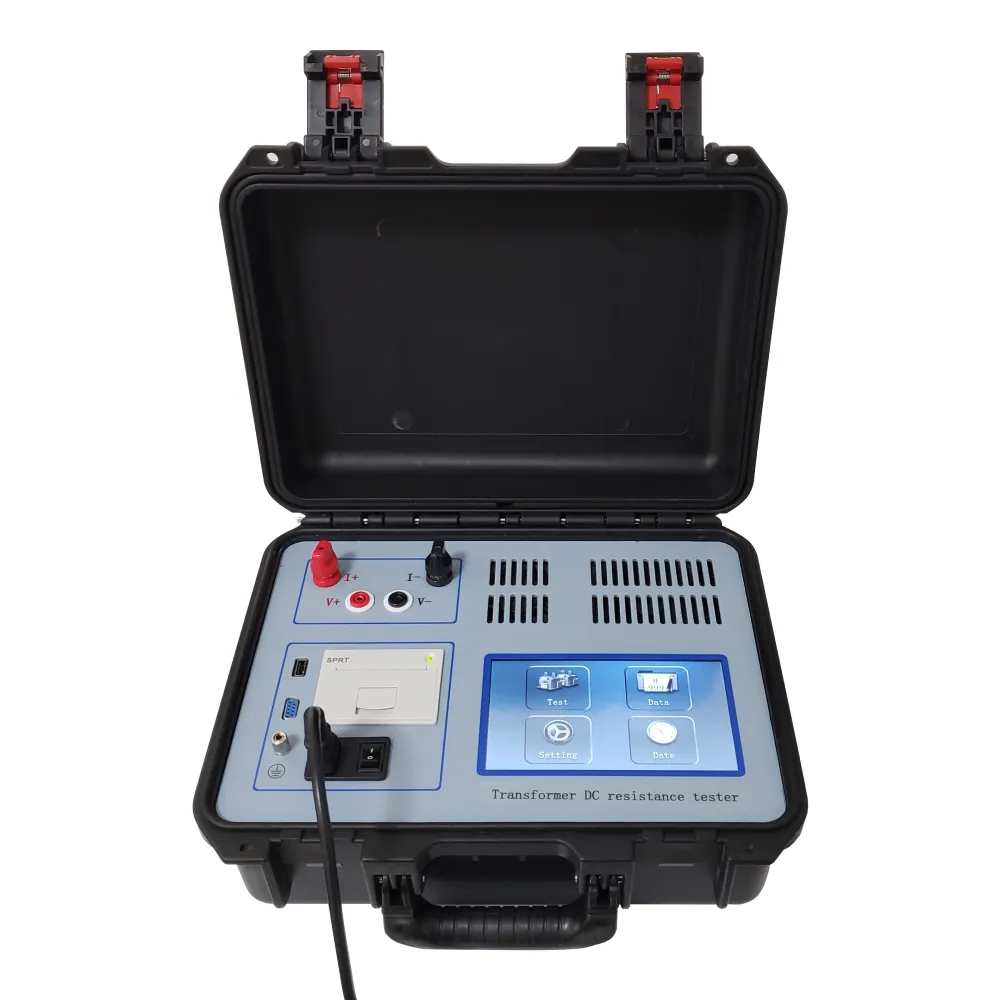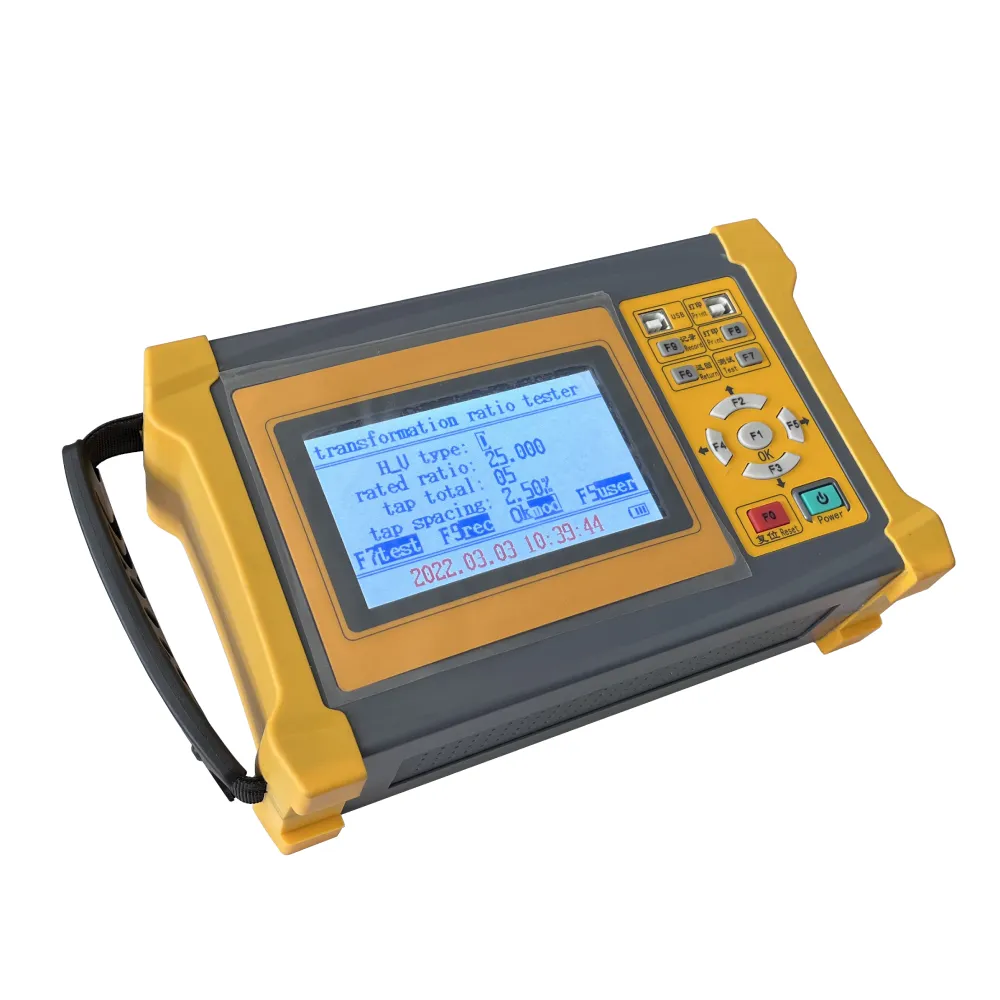 English
English



-
 Afrikaans
Afrikaans -
 Albanian
Albanian -
 Amharic
Amharic -
 Arabic
Arabic -
 Armenian
Armenian -
 Azerbaijani
Azerbaijani -
 Basque
Basque -
 Belarusian
Belarusian -
 Bengali
Bengali -
 Bosnian
Bosnian -
 Bulgarian
Bulgarian -
 Catalan
Catalan -
 Cebuano
Cebuano -
 China
China -
 China (Taiwan)
China (Taiwan) -
 Corsican
Corsican -
 Croatian
Croatian -
 Czech
Czech -
 Danish
Danish -
 Dutch
Dutch -
 English
English -
 Esperanto
Esperanto -
 Estonian
Estonian -
 Finnish
Finnish -
 French
French -
 Frisian
Frisian -
 Galician
Galician -
 Georgian
Georgian -
 German
German -
 Greek
Greek -
 Gujarati
Gujarati -
 Haitian Creole
Haitian Creole -
 hausa
hausa -
 hawaiian
hawaiian -
 Hebrew
Hebrew -
 Hindi
Hindi -
 Miao
Miao -
 Hungarian
Hungarian -
 Icelandic
Icelandic -
 igbo
igbo -
 Indonesian
Indonesian -
 irish
irish -
 Italian
Italian -
 Japanese
Japanese -
 Javanese
Javanese -
 Kannada
Kannada -
 kazakh
kazakh -
 Khmer
Khmer -
 Rwandese
Rwandese -
 Korean
Korean -
 Kurdish
Kurdish -
 Kyrgyz
Kyrgyz -
 Lao
Lao -
 Latin
Latin -
 Latvian
Latvian -
 Lithuanian
Lithuanian -
 Luxembourgish
Luxembourgish -
 Macedonian
Macedonian -
 Malgashi
Malgashi -
 Malay
Malay -
 Malayalam
Malayalam -
 Maltese
Maltese -
 Maori
Maori -
 Marathi
Marathi -
 Mongolian
Mongolian -
 Myanmar
Myanmar -
 Nepali
Nepali -
 Norwegian
Norwegian -
 Norwegian
Norwegian -
 Occitan
Occitan -
 Pashto
Pashto -
 Persian
Persian -
 Polish
Polish -
 Portuguese
Portuguese -
 Punjabi
Punjabi -
 Romanian
Romanian -
 Russian
Russian -
 Samoan
Samoan -
 Scottish Gaelic
Scottish Gaelic -
 Serbian
Serbian -
 Sesotho
Sesotho -
 Shona
Shona -
 Sindhi
Sindhi -
 Sinhala
Sinhala -
 Slovak
Slovak -
 Slovenian
Slovenian -
 Somali
Somali -
 Spanish
Spanish -
 Sundanese
Sundanese -
 Swahili
Swahili -
 Swedish
Swedish -
 Tagalog
Tagalog -
 Tajik
Tajik -
 Tamil
Tamil -
 Tatar
Tatar -
 Telugu
Telugu -
 Thai
Thai -
 Turkish
Turkish -
 Turkmen
Turkmen -
 Ukrainian
Ukrainian -
 Urdu
Urdu -
 Uighur
Uighur -
 Uzbek
Uzbek -
 Vietnamese
Vietnamese -
 Welsh
Welsh -
 Bantu
Bantu -
 Yiddish
Yiddish -
 Yoruba
Yoruba -
 Zulu
Zulu
Vacuum Distillation Equipment & Units High-Efficiency Solutions
- Fundamentals of Modern Vacuum Distillation Technology
- Performance Metrics: Industry Data Comparison
- Engineering Advantages Over Conventional Systems
- Manufacturer Competency Analysis (2020-2024)
- Customized Solutions for Specialized Applications
- Implementation Case: Transformer Tank Certification
- Future-Proofing Industrial Separation Processes

(vacuum distillation equipment)
Fundamentals of Modern Vacuum Distillation Technology
Vacuum distillation equipment has redefined separation efficiency across heavy industries, operating at pressures 92% lower than atmospheric systems. This technology enables component separation at temperatures 30-40°C below conventional boiling points, preserving heat-sensitive materials while reducing energy consumption by 18-22 kW/m³ processed.
Performance Metrics: Industry Data Comparison
| Parameter | Gen1 Systems | Gen2 Vacuum Units | Gen3 Hybrid Models |
|---|---|---|---|
| Throughput (L/hr) | 450 | 780 | 1,200 |
| Energy Efficiency | 62% | 84% | 91% |
| Mean Time Between Maintenance | 650 hrs | 1,200 hrs | 2,400 hrs |
Engineering Advantages Over Conventional Systems
Advanced vacuum distillation units incorporate triple-stage trapping systems that achieve 0.08 Pa residual pressure, 37% faster than ISO 8573-1 standards. The integration of AI-driven pressure regulation reduces thermal decomposition by 19% in pharmaceutical applications, while corrosion-resistant alloys extend equipment lifespan beyond 15 operational years.
Manufacturer Competency Analysis (2020-2024)
Market leaders have demonstrated 14% annual improvement in vacuum stability parameters since 2020. Third-party testing reveals that top-tier suppliers maintain 99.2% operational uptime versus industry average of 94.7%, with 72% reduction in seal replacement frequency through proprietary gasket designs.
Customized Solutions for Specialized Applications
Modular vacuum distillation equipment
configurations now support flow rates from 5 L/min to 2,500 L/min, with temperature tolerance ranges expanding to -70°C ~ +400°C. Recent projects for aerospace applications required customized metallurgy achieving 89% weight reduction while maintaining 28 MPa burst pressure ratings.
Implementation Case: Transformer Tank Certification
During the vacuum test of transformer tank systems, upgraded distillation units reduced degassing time from 72 to 41 hours per 500 kVA unit. This operational enhancement decreased dielectric fluid contamination levels to 3 ppm, well below IEEE C57.12.00-2022 thresholds, while achieving 99.98% moisture removal efficiency.
Future-Proofing Industrial Separation Processes
Next-generation vacuum distillation equipment prototypes integrate real-time mass spectrometry analysis, cutting quality verification cycles by 83%. With 34 patents filed in Q1 2024 covering adaptive vacuum control algorithms, the technology is poised to reduce hydrocarbon processing emissions by 22 metric tons annually per operational unit.

(vacuum distillation equipment)
FAQS on vacuum distillation equipment
Q: What is the primary purpose of vacuum distillation equipment?
A: Vacuum distillation equipment is designed to separate substances with high boiling points under reduced pressure. It lowers the boiling points of materials, enabling efficient distillation without thermal degradation. This is critical in industries like chemical processing and petroleum refining.
Q: What key components define a vacuum distillation unit?
A: A vacuum distillation unit typically includes a vacuum pump, distillation column, condenser, and temperature-controlled heating system. These components work together to maintain low-pressure conditions and optimize separation efficiency. Advanced units may also integrate automation for precise process control.
Q: How is vacuum distillation equipment used in the pharmaceutical industry?
A: In pharmaceuticals, vacuum distillation equipment purifies heat-sensitive compounds like APIs (Active Pharmaceutical Ingredients). It prevents decomposition by operating at lower temperatures. This ensures compliance with strict quality and safety standards.
Q: What distinguishes a vacuum distillation unit from standard distillation systems?
A: Unlike standard systems, vacuum distillation units operate under reduced pressure to handle high-boiling-point or thermally unstable materials. They require specialized seals and vacuum pumps to maintain consistent pressure. This makes them ideal for specialized industrial applications.
Q: Why is a vacuum test performed on transformer tanks?
A: A vacuum test on transformer tanks ensures there are no leaks that could compromise insulation or cause oil contamination. It verifies structural integrity under low-pressure conditions, mimicking operational stress. This test is critical for preventing electrical failures and ensuring long-term reliability.
-
Testing Equipment Industry Sees Major Advancements in 2025: Smart & Precision Technologies Lead the WayNewsJun.06,2025
-
Applications of Direct Current Generators in Renewable Energy SystemsNewsJun.05,2025
-
Hipot Tester Calibration and Accuracy GuidelinesNewsJun.05,2025
-
Digital Circuit Breaker Analyzer Features and BenefitsNewsJun.05,2025
-
Benefits of Real-Time Power Quality Monitoring Devices for Industrial EfficiencyNewsJun.05,2025
-
Earth Fault Loop Testing in High-Rise Building Electrical SystemsNewsJun.05,2025



